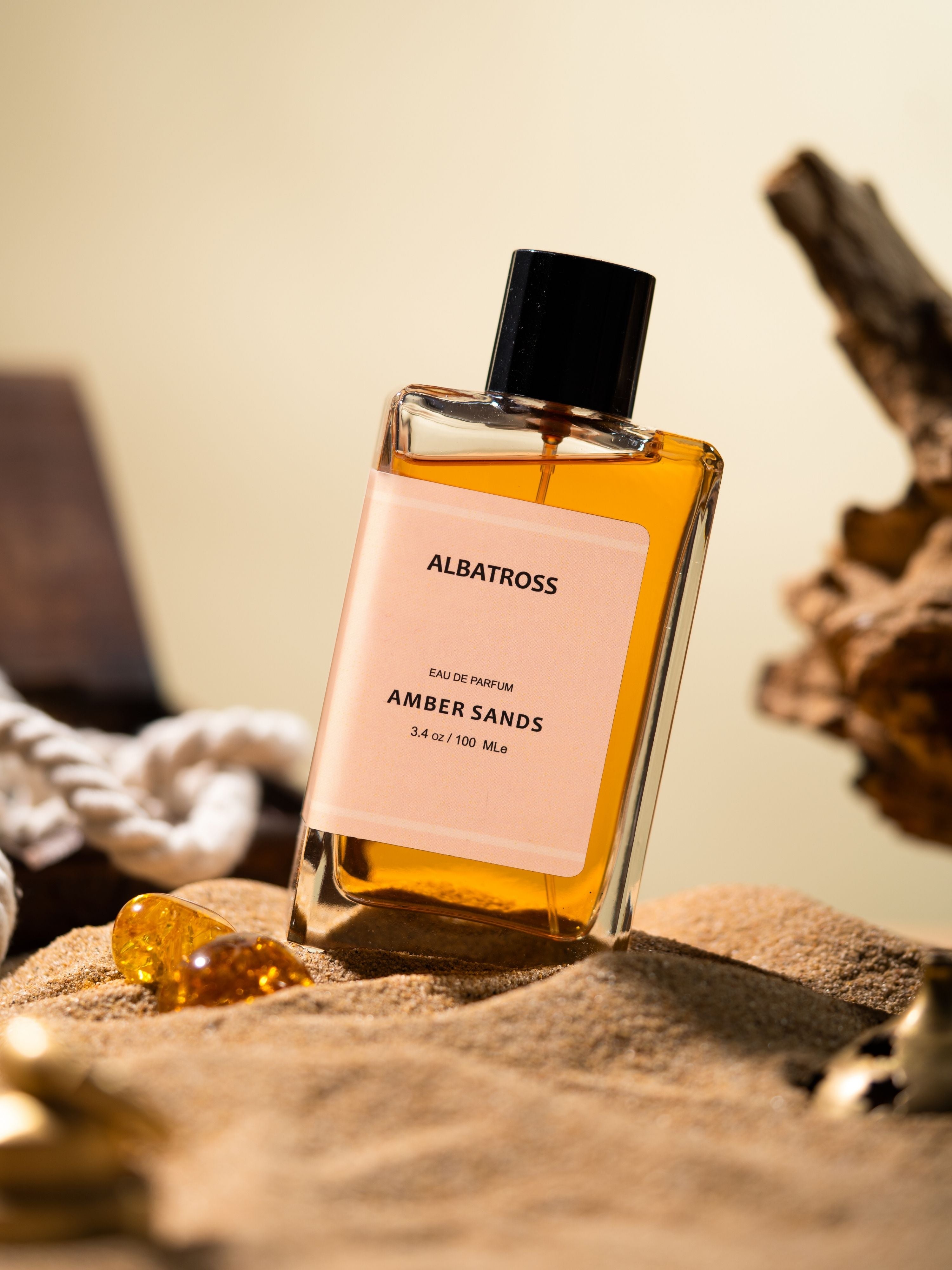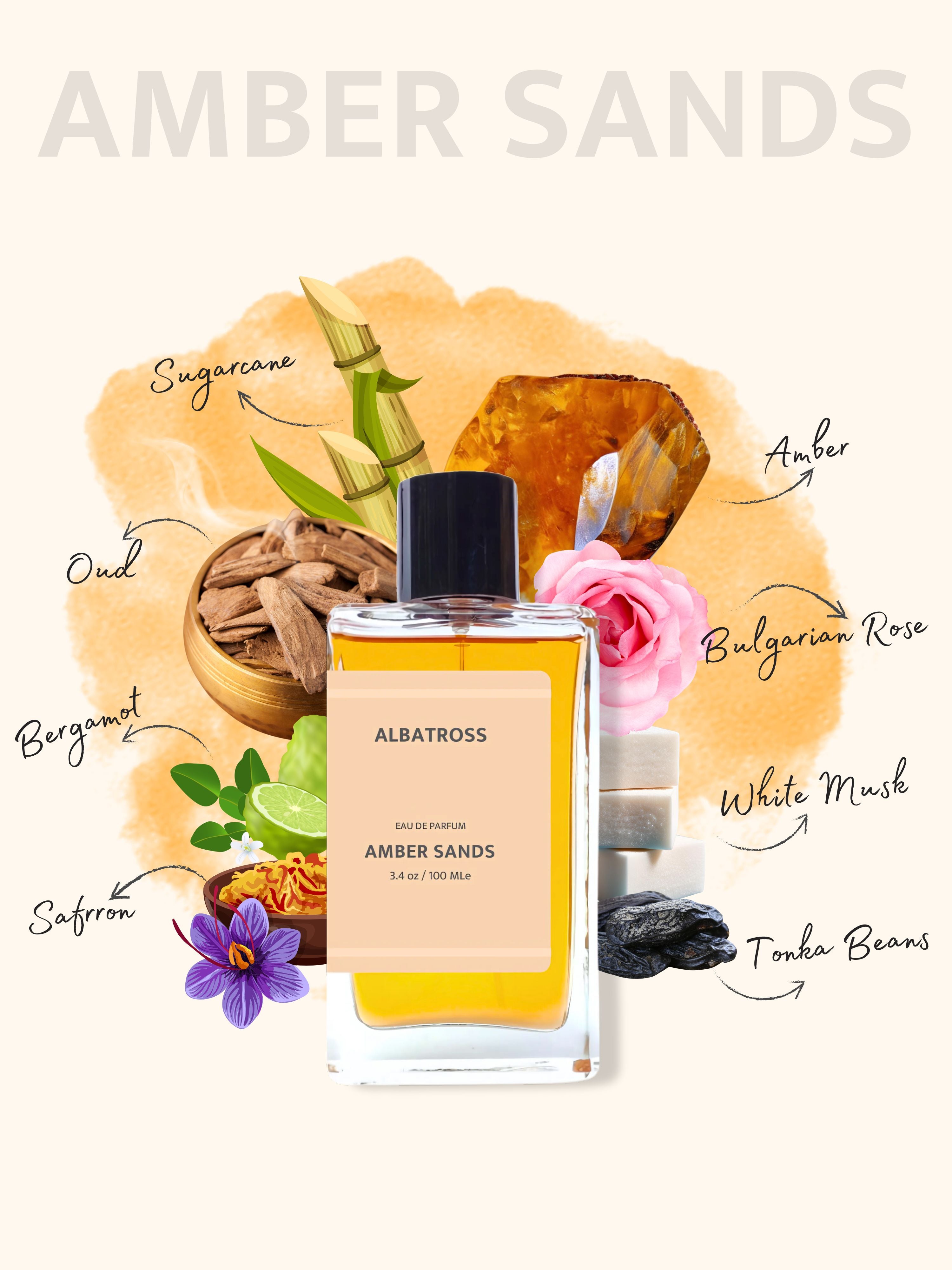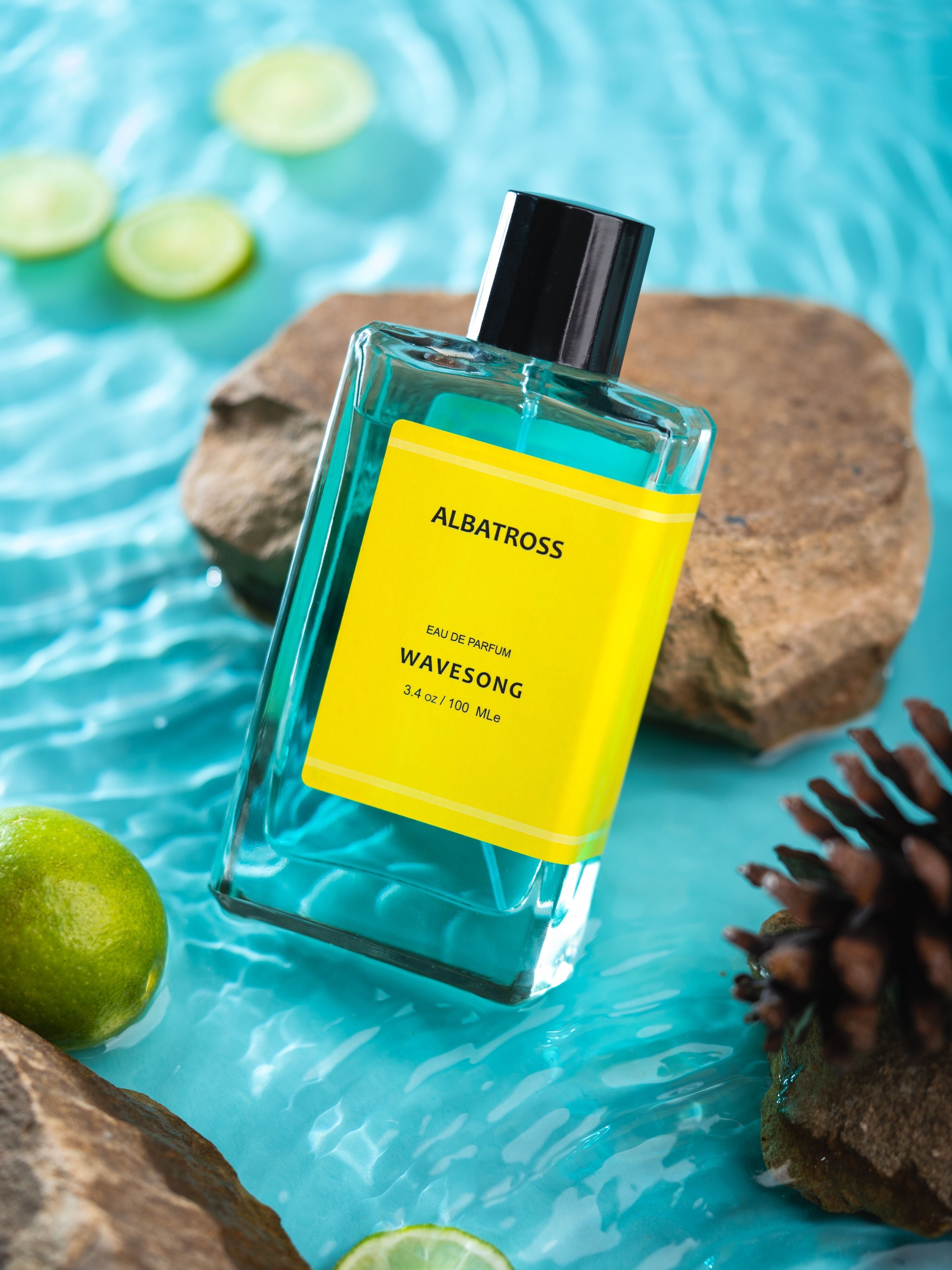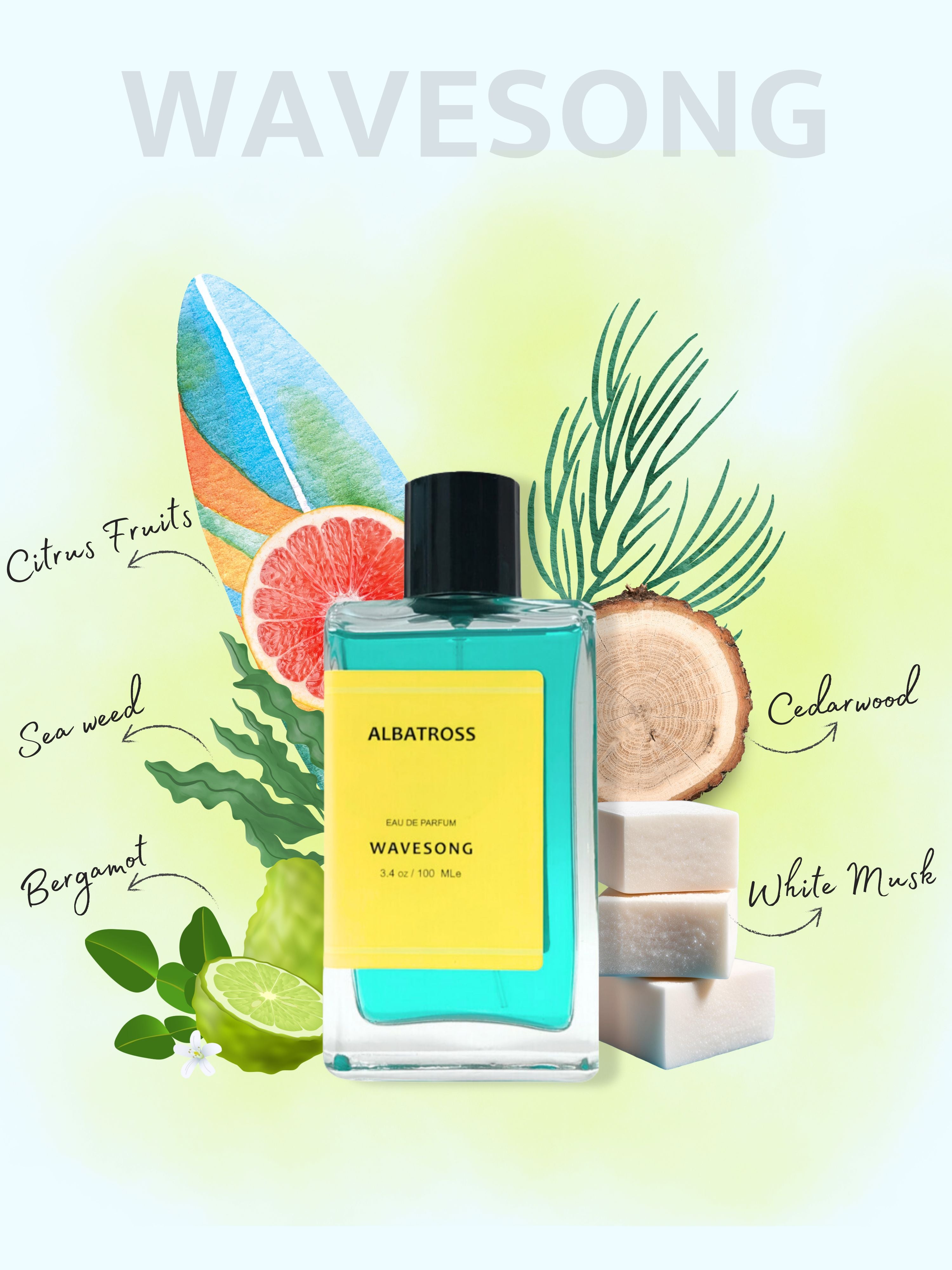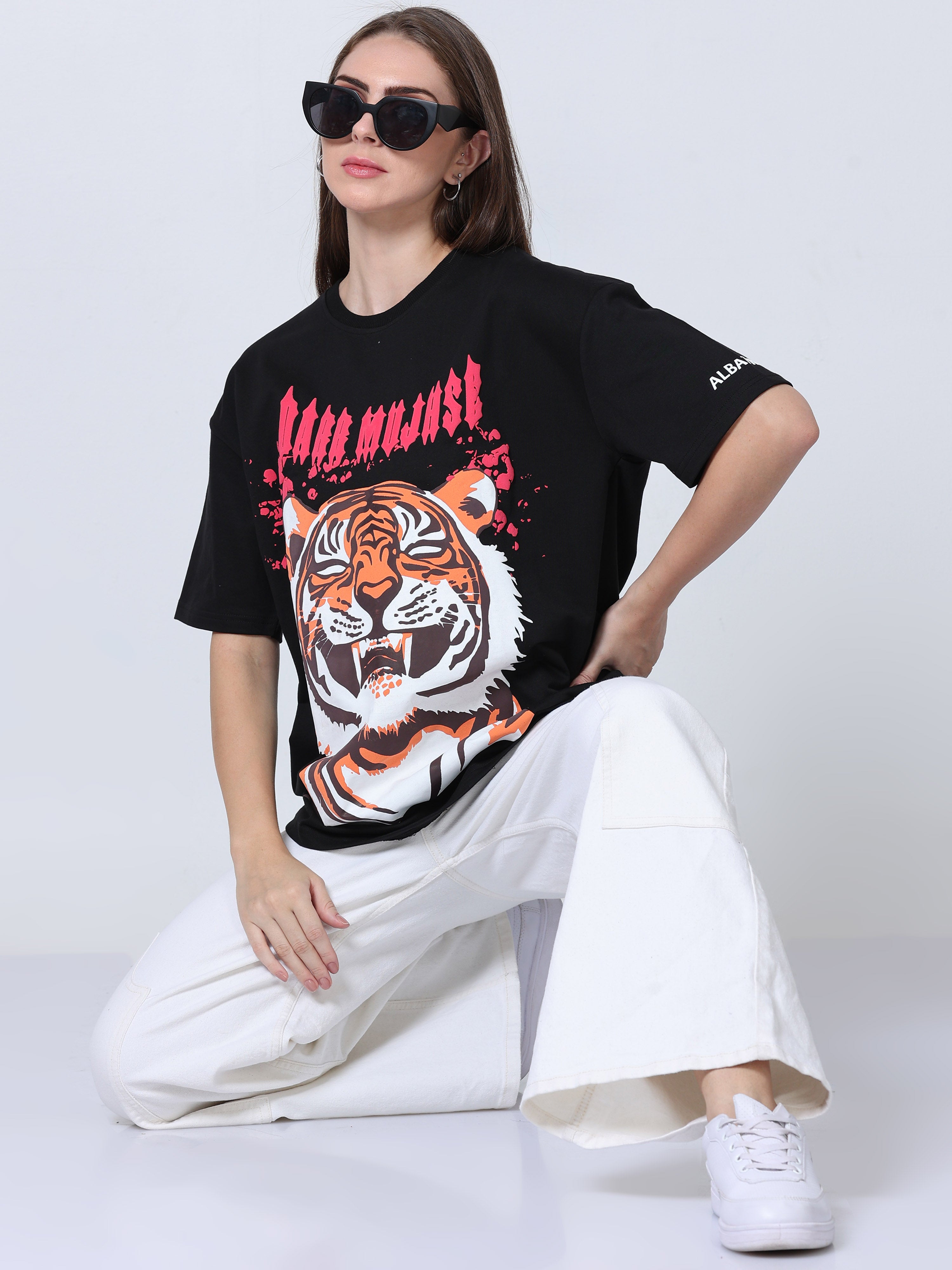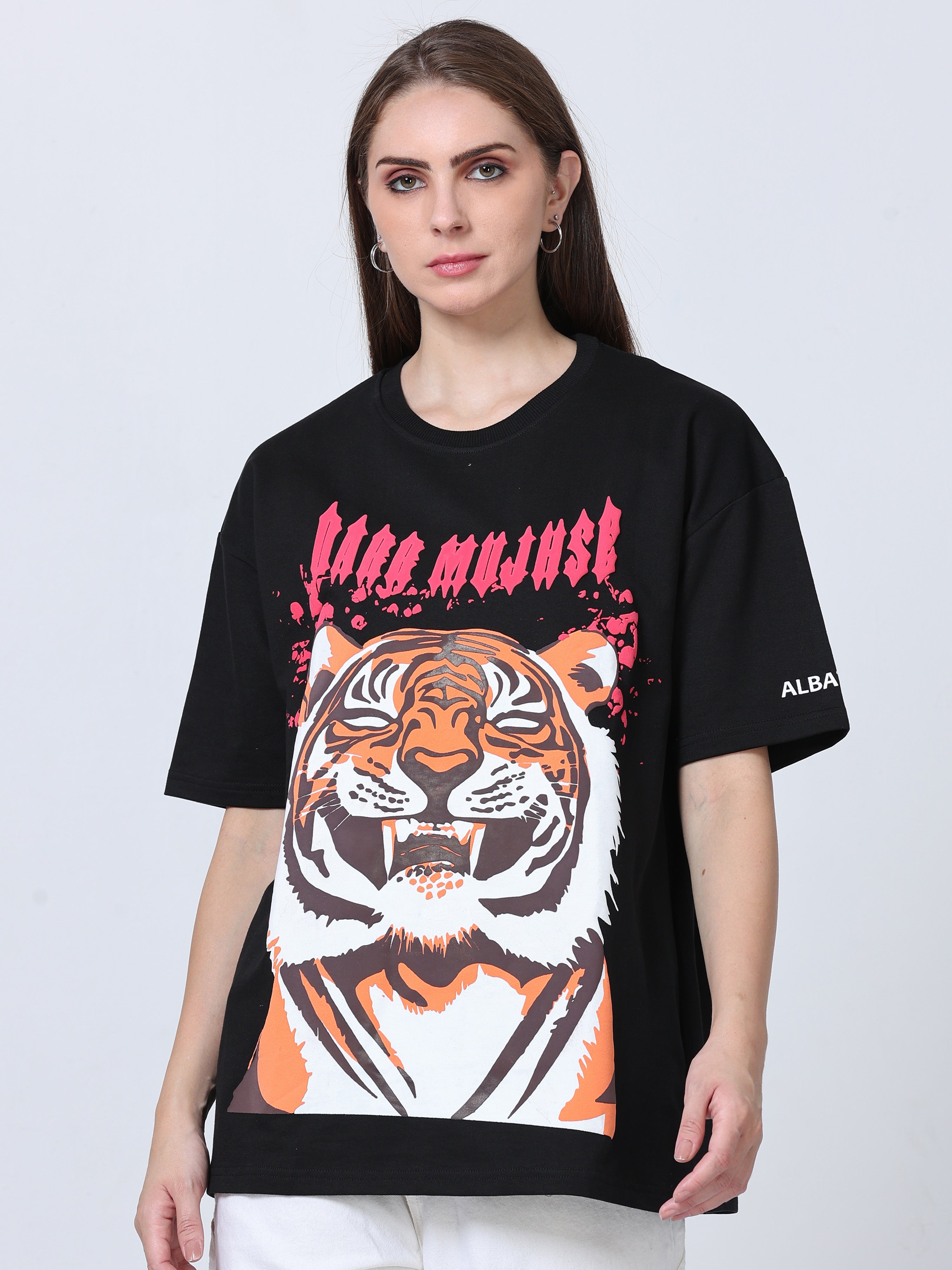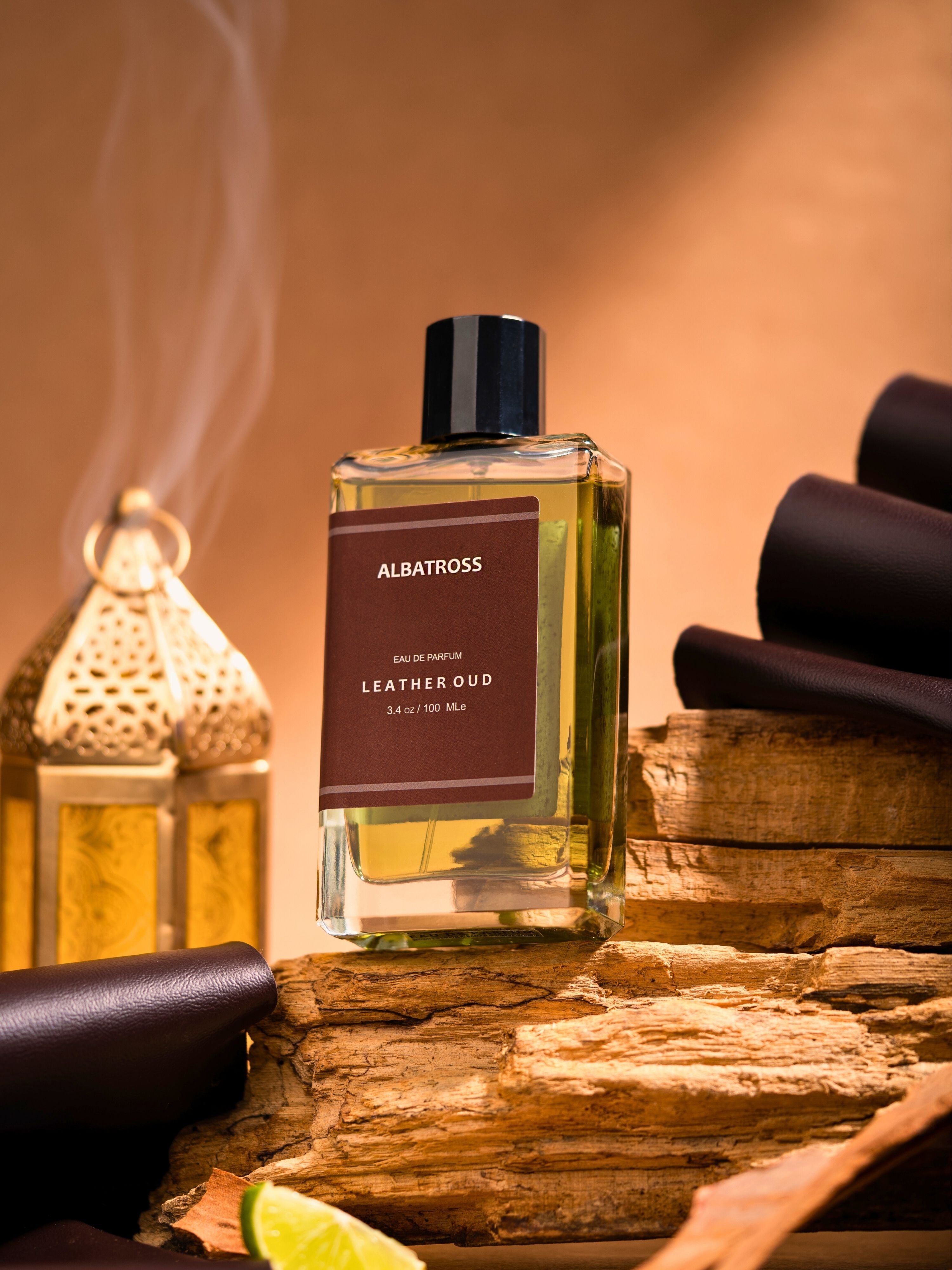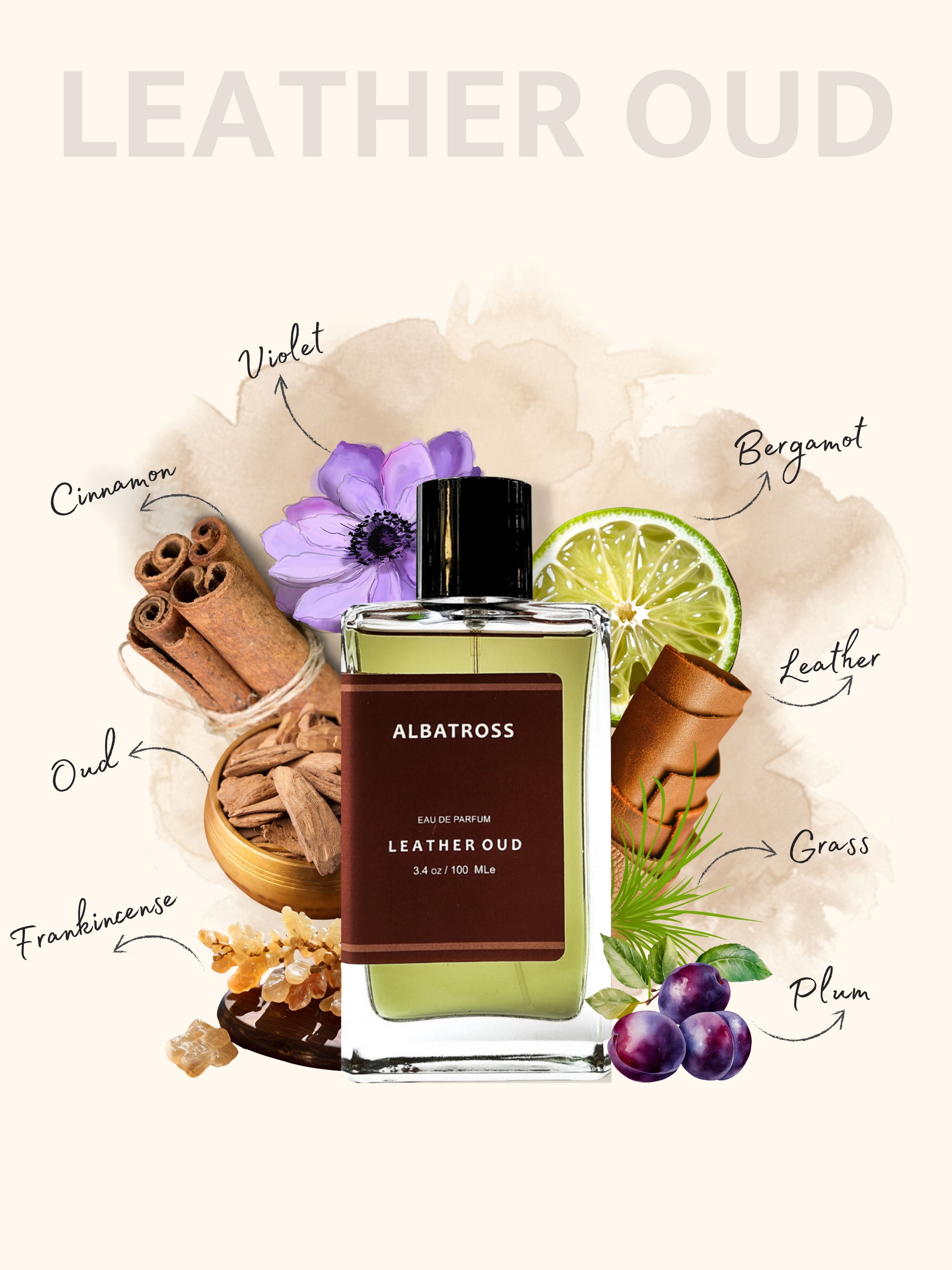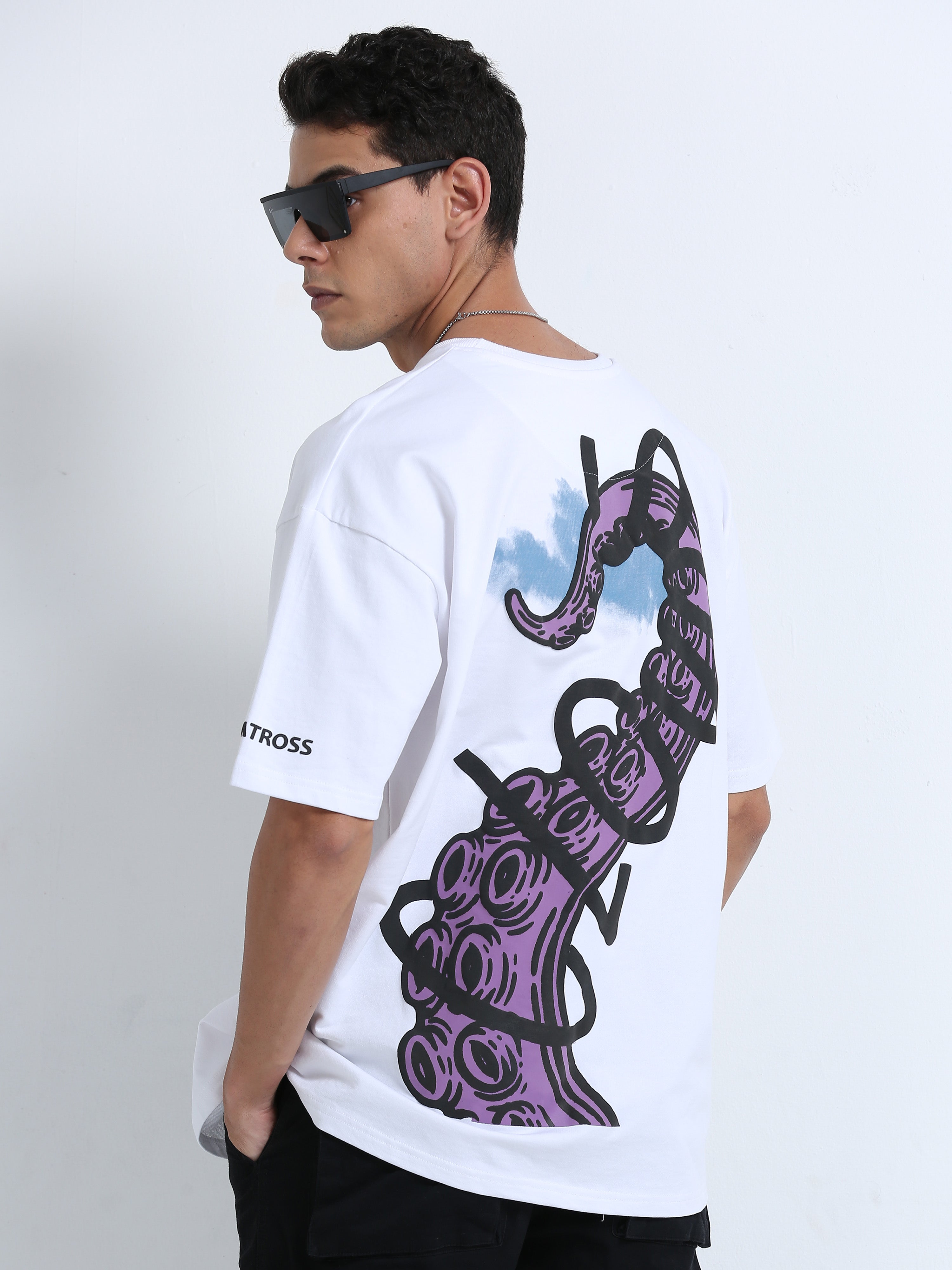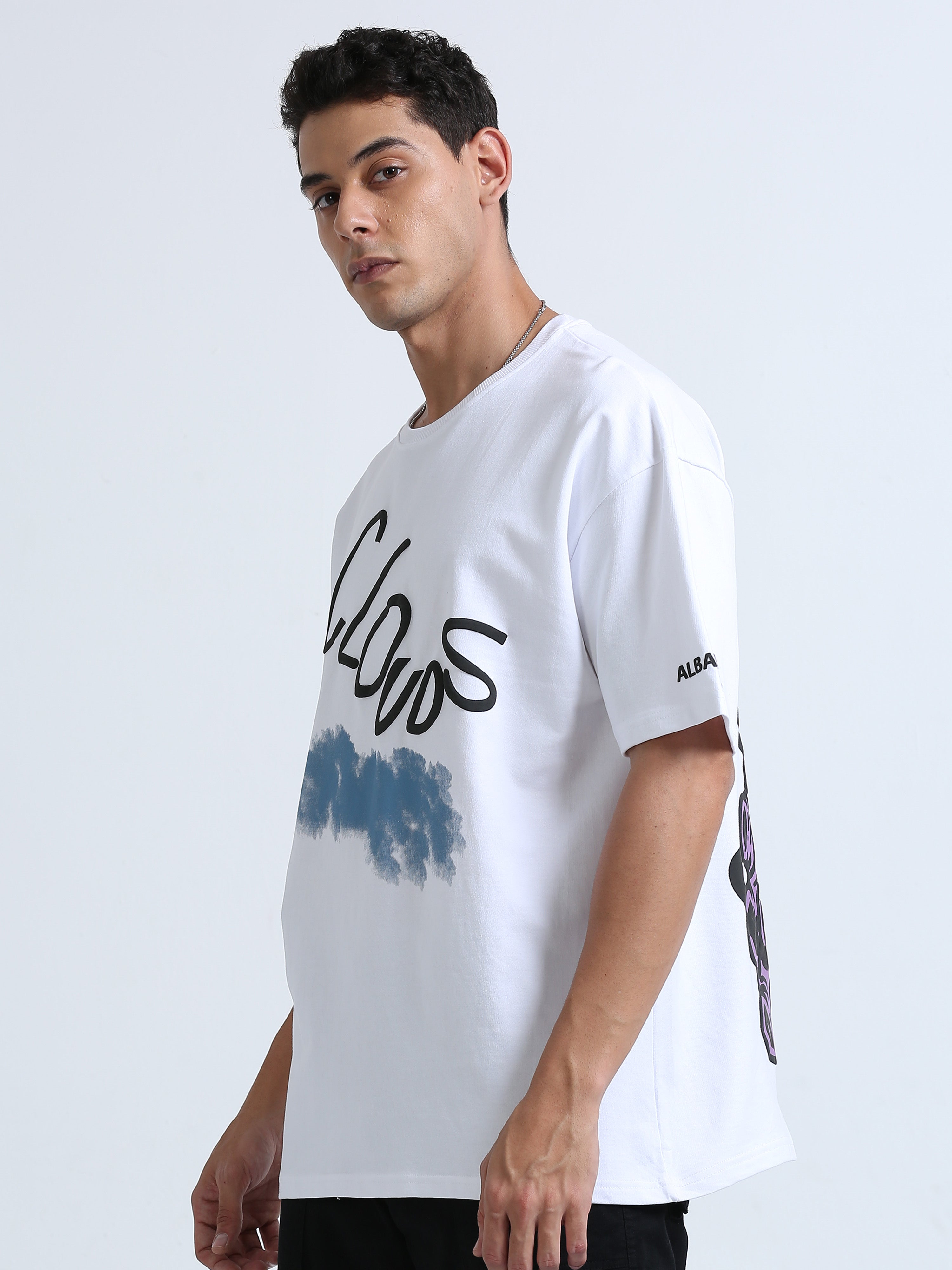The History of Perfumes: From Ancient Rituals to Modern & Luxury | Albatross clothing
Ancient Beginnings: Perfume as a Sacred Offering
The earliest records of perfume date back over 4,000 years to Mesopotamia and Egypt. Back then, fragrance wasn’t about personal scent — it was spiritual.
- Incense and oils were burned as offerings to the gods, believed to purify the air and elevate prayers.
- Egyptian elites used perfumed balms during embalming rituals and for daily use, often made from myrrh, frankincense, and lotus flower.
Even Cleopatra was known for using signature scents to make dramatic impressions — perfuming sails before meeting Mark Antony, creating a literal aura of seduction.
The Greeks and Romans: Scent Becomes Status
Perfume began to shift from spiritual to social. The Greeks and Romans saw fragrance as a symbol of health, beauty, and wealth.
- Romans bathed in scented oils and even perfumed their walls, furniture, and pets.
- Greek physicians like Hippocrates believed fragrance could cure disease, laying the groundwork for aromatherapy.
Perfume use expanded across genders, with both men and women indulging in scent rituals.
The Islamic Golden Age: The Science of Perfume
Arab culture made some of the greatest advancements in perfumery, particularly between the 8th and 13th centuries.
- Avicenna, a Persian scientist, invented steam distillation — still used today to extract essential oils.
- Perfume-making became a sophisticated art, blending spices, florals, and resins.
The spread of Islam helped perfume travel across continents, influencing European perfumery and introducing exotic ingredients like amber, oud, and rose.

Europe in the Renaissance: Royal Obsession
Perfume exploded in popularity in Renaissance Europe, especially among the French and Italian aristocracy.
- Catherine de’ Medici, queen of France, had a personal perfumer and secret laboratory.
- Perfume was used to mask body odor before hygiene practices became common.
Perfumed gloves, handkerchiefs, and even wigs became the norm among European elites.
Modern Perfumery: The Birth of Designer Fragrance
By the 19th century, synthetic ingredients revolutionized perfume creation. Scents could now be reproduced and commercialized on a mass scale.
- In 1921, Chanel №5 launched and became the first abstract fragrance, blending multiple notes to form a new scent identity.
- The 20th century saw an explosion of designer and celebrity perfumes, turning scent into a personal brand statement.
From Dior to Tom Ford, modern perfumery balances artistry with chemistry, tradition with innovation.
Today: Perfume as a Form of Identity
Perfume is no longer just about smelling good — it’s about how you want to feel and how you want to be remembered.
- Some wear scent as a mood enhancer or confidence booster.
- Others collect rare or niche fragrances as a hobby or art form.
From perfume layering to gender-neutral blends, today’s fragrance world is more diverse and creative than ever before.
Conclusion
Perfume has journeyed from sacred altars to red carpet events, transforming with each era but always holding a special place in human culture. It connects us to history, memory, and even to each other in a deeply sensory way.
Next time you spritz your favorite scent, take a moment to appreciate the centuries of craftsmanship and culture in every drop.









